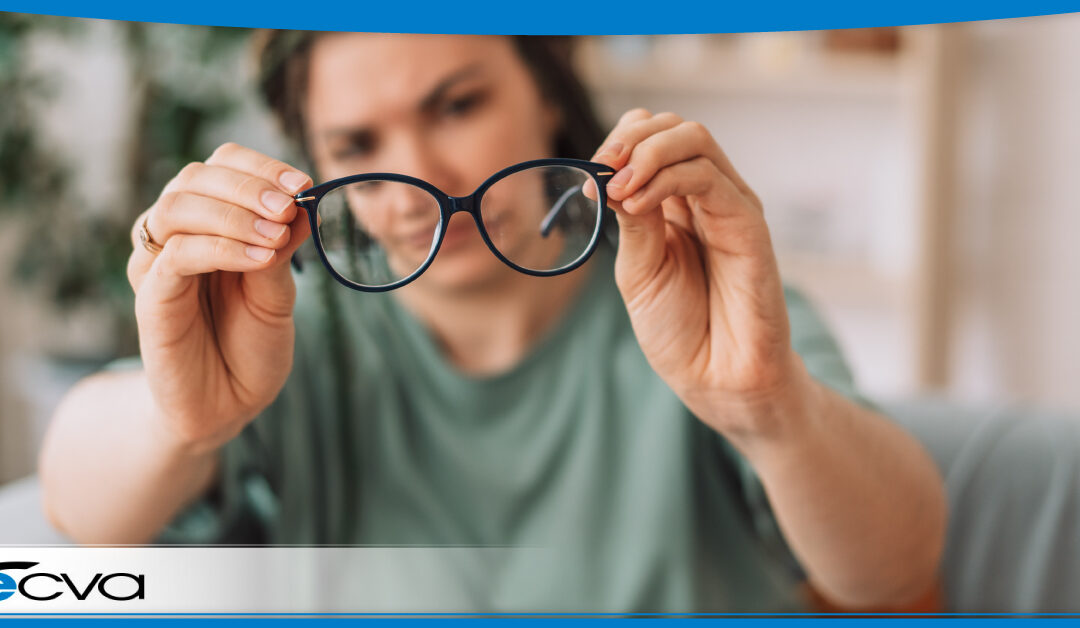
by ecvaeyeadminz | Mar 23, 2023 | Eye Health
Retinal detachments dramatically alter your vision and can lead to permanent changes that cost you your eyesight. While many people are at least somewhat aware of the condition, many patients aren’t overly familiar with the different types of retinal...

by ecvaeyeadminz | Mar 8, 2023 | Eye Health
If you’re experiencing shifts in your visual acuity, you may wonder if there are steps you can take to fix the vision problems you’re noticing. While many vision issues require treatment from an eye care provider, there are steps you can take to ensure your eye...




